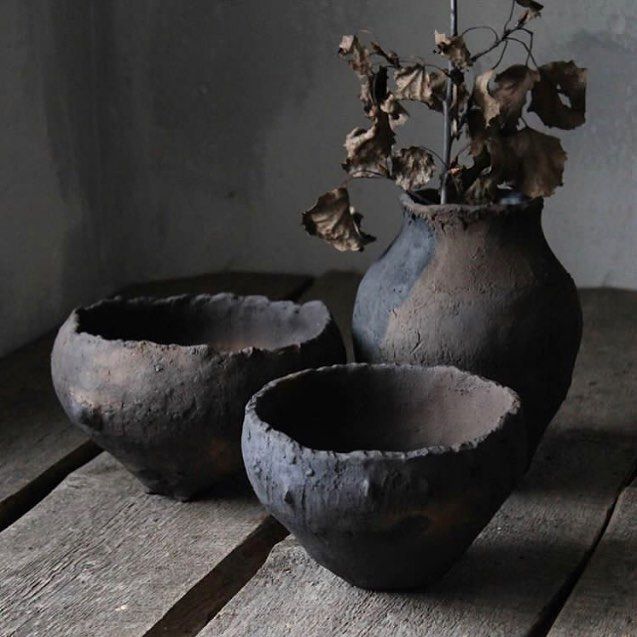
Fire-Kiln Ceramics: A Journey Through Time and Flame
In the realm of artistic expression, few mediums possess the elemental allure and transformative power of fire-kiln ceramics. With origins dating back thousands of years, fire-kiln ceramics have evolved from functional vessels to intricate works of art that captivate the senses and tell the stories of cultures and civilizations long past. This ancient craft, shaped by the alchemy of earth, fire, and human creativity, has left an indelible mark on the world of art and continues to inspire and astonish with its beauty and complexity.
An Ancient Alchemy: Birth of Fire-Kiln Ceramics
The origins of fire-kiln ceramics can be traced back to the dawn of human civilization. In ancient cultures such as Mesopotamia, Egypt, China, and Greece, early artisans discovered the transformative power of fire in shaping clay into vessels of both beauty and utility. The discovery that clay, when subjected to the intense heat of a kiln, would harden and become durable opened a world of creative possibilities.
For millennia, fire-kiln ceramics served practical functions, from storing food and water to cooking and religious rituals. These early ceramics reflected the cultures and aesthetics of their time, with artisans incorporating intricate designs, symbols, and patterns that held deep cultural and spiritual significance.
Evolution and Mastery: From Functional to Artistic
As civilizations advanced, so did the art of fire-kiln ceramics. In China, during the Tang and Song dynasties, artisans refined their techniques, creating exquisite porcelain pieces that became highly prized and sought after. The translucent quality of Chinese porcelain, achieved through meticulous firing processes, elevated ceramics from mere vessels to treasures fit for emperors and aristocrats.
In Japan, the art of fire-kiln ceramics found expression in the revered tradition of tea ceremonies. The simple yet elegant aesthetic of Japanese ceramics, characterized by natural glazes and subtle forms, captured the essence of wabi-sabi—an appreciation for the beauty of imperfection and transience.
The Renaissance of Ceramics: The European Influence
During the Renaissance, the art of fire-kiln ceramics experienced a resurgence in Europe. Inspired by the rediscovery of ancient Greek and Roman ceramics, artisans sought to emulate the forms and techniques of classical antiquity. Majolica, a type of colorful tin-glazed earthenware, became a popular medium, with artists adorning pieces with intricate designs and vibrant colors.
The Italian city of Faenza became renowned for its exquisite majolica wares, setting the stage for the development of distinctive regional styles across Europe. The emergence of porcelain in Europe, often referred to as "white gold," sparked a race among nations to unlock the secrets of its production. It was in Meissen, Germany, in the early 18th century, that the formula for true hard-paste porcelain was perfected, ushering in a new era of ceramic artistry.
Global Fusion: The Intersection of Cultures
The Age of Exploration and globalization brought about a fusion of artistic techniques and styles. As trade routes expanded, ceramics became a sought-after commodity, leading to the exchange of ideas, designs, and materials between cultures. The Chinese export porcelain, known as "chinoiserie," enamored European collectors with its intricate scenes and delicate beauty.
In the Ottoman Empire, Iznik ceramics showcased a unique synthesis of Islamic and European influences. Vibrant patterns and intricate motifs adorned vessels and tiles, creating a visual language that spoke of cultural diversity and artistic innovation.
Modern Expression and Contemporary Fire-Kiln Ceramics
The 20th and 21st centuries have witnessed a remarkable evolution in fire-kiln ceramics, as artists continue to push the boundaries of form, technique, and concept. From the Bauhaus movement's emphasis on functional design to the experimental works of contemporary ceramicists, the art form has seen a flourishing of creativity and innovation.
In Japan, modern ceramicists like Shoji Hamada and Kanjiro Kawai upheld traditional techniques while infusing their works with a modern sensibility. Their commitment to the principles of craftsmanship and simplicity has inspired generations of ceramic artists worldwide.
Conclusion: A Timeless Dance of Clay and Flame
The history of fire-kiln ceramics is a testament to the enduring allure of artistic expression and human ingenuity. From its humble beginnings as functional vessels to its status as a revered art form, fire-kiln ceramics have transcended time and cultural boundaries, leaving a legacy of beauty, craftsmanship, and innovation.
As artisans continue to shape and mold clay, and fire breathes life into their creations, the art of fire-kiln ceramics remains a testament to the inherent connection between humanity and the natural world. The alchemical dance of clay and flame, guided by human hands and ignited by the spark of creativity, continues to captivate and inspire, forging a timeless legacy that bridges past, present, and future.
